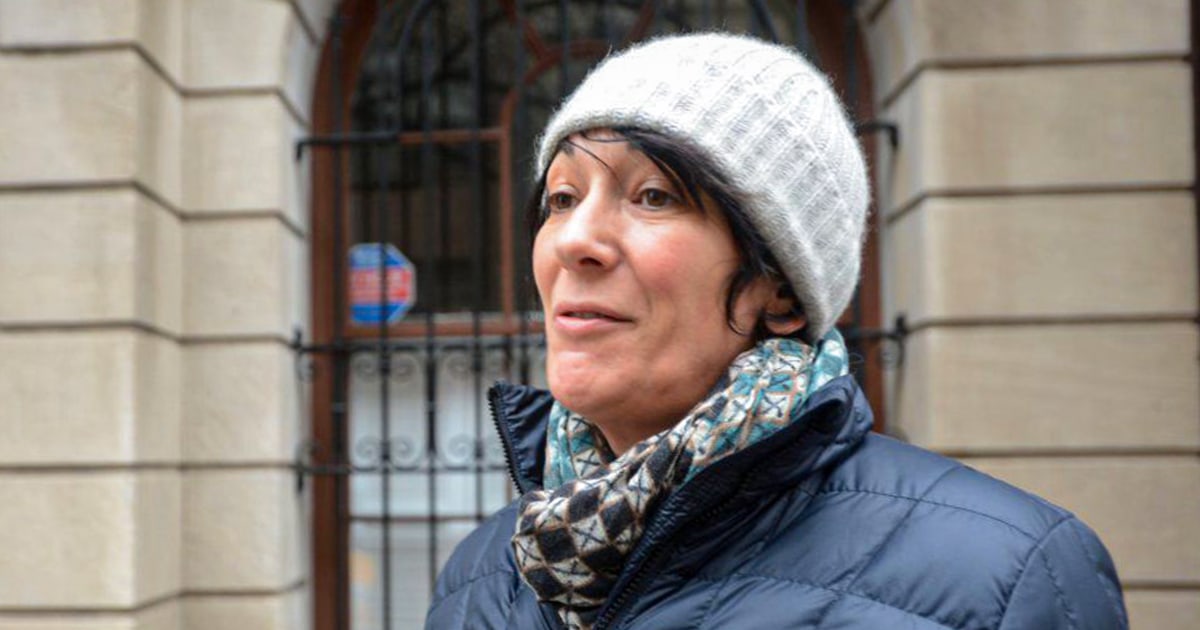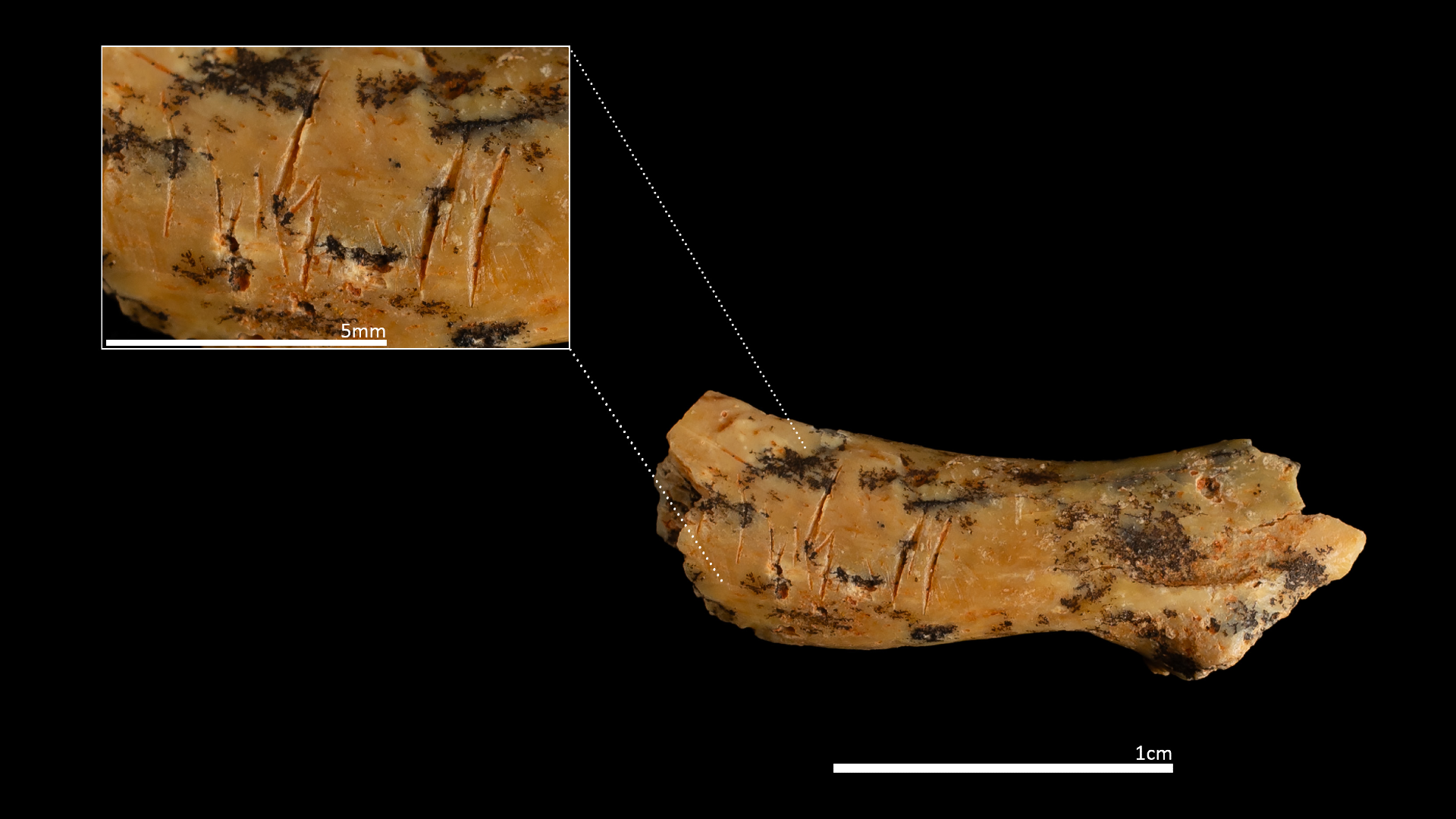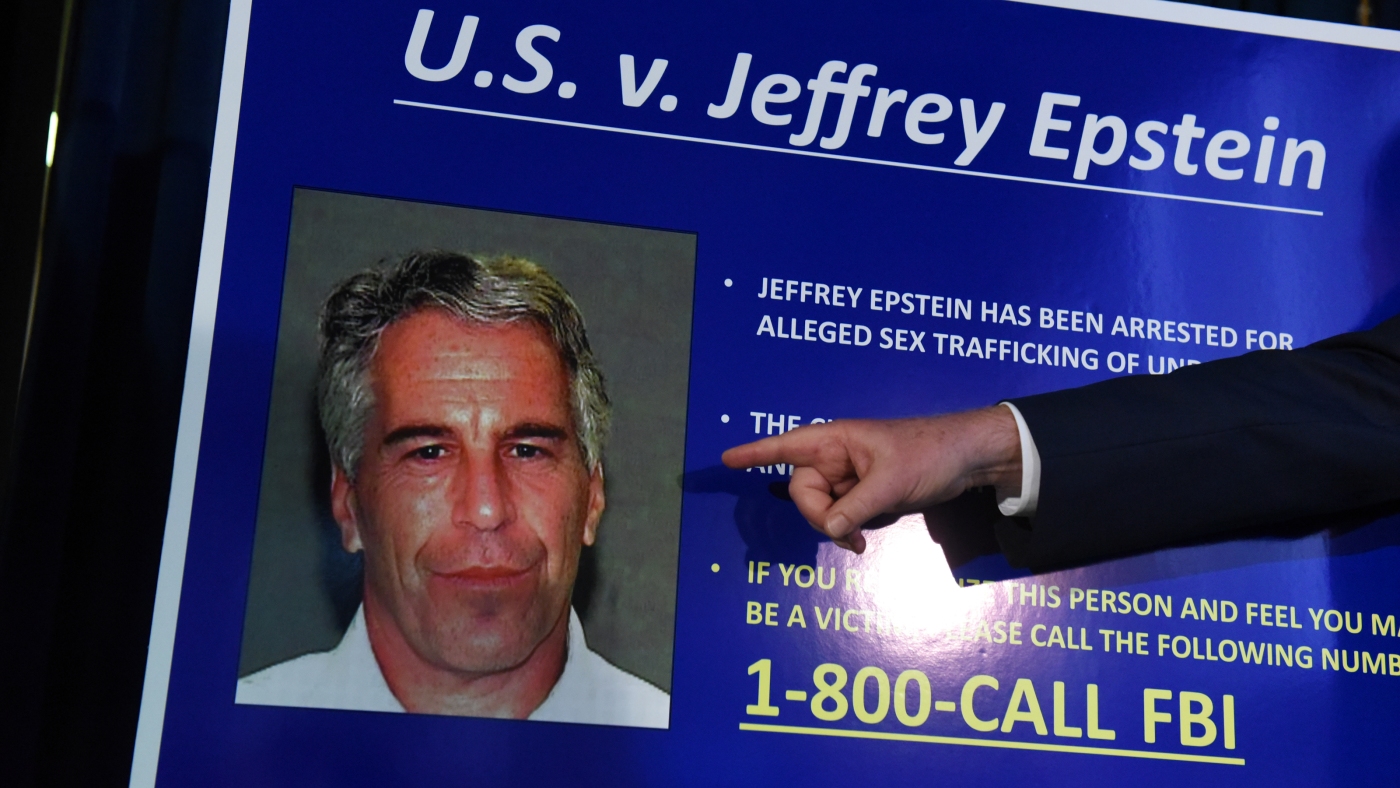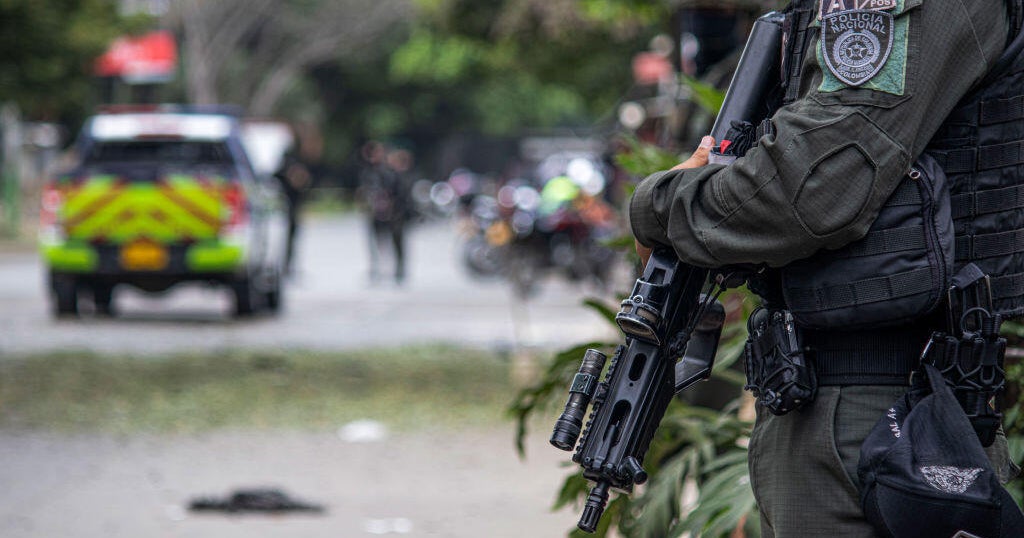Operation Grayskull: Bringing Down Dark Child Abuse Sites
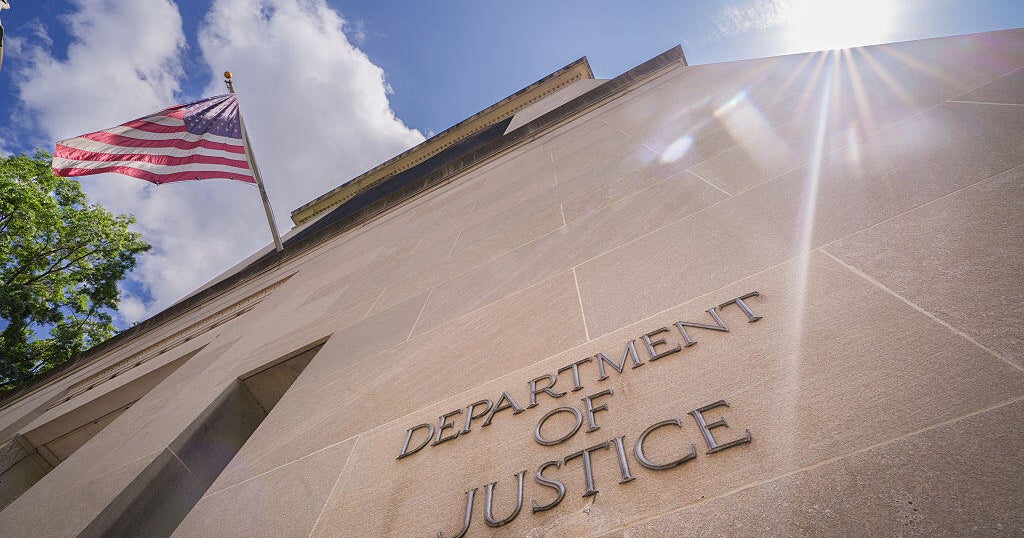
Operation Grayskull: Taking Down Dark Child Abuse Websites
The recent shutdown of four heavily trafficked dark web sites, with over 120,000 members and millions of child sexual abuse files, has been a major victory for the Justice Department. Through the efforts of Operation Grayskull, these sites were discovered and taken down, putting an end to the horrific trade and distribution of violent child sexual abuse materials.
The Dark Web: A Haven for Child Predators
The dark web is known as a breeding ground for illegal activities, with child sexual abuse being one of the most disturbing. These sites offer a haven for child predators to trade and exchange illegal materials, often using encryption and anonymity to evade detection. However, with the help of advanced technology and dedicated law enforcement officials, these sites were finally exposed and taken down.
The Importance of Collaboration and Action
Operation Grayskull was a joint effort involving multiple agencies and countries, highlighting the importance of collaboration in fighting against online child exploitation. The closure of these sites not only brings justice for the victims, but also serves as a warning to those who engage in such heinous acts. With the continued efforts of law enforcement and advancements in technology, we can hope for a safer online environment for our children.
About the Organizations Mentioned
Justice Department
The United States Department of Justice (DOJ) is the principal federal agency responsible for enforcing federal laws, ensuring public safety, and protecting civil rights. Headquartered in Washington, D.C., the DOJ operates under the leadership of the Attorney General, who serves as a key member of the President’s Cabinet. As of 2025, Pam Bondi holds this position, having taken office in February and quickly shaping the department’s priorities. Established in 1870 during President Ulysses S. Grant’s administration, the DOJ’s roots trace back to the creation of the Attorney General’s office in 1789. Over the years, it has grown into a vast organization with more than 115,000 employees and over 40 component agencies, including the Federal Bureau of Investigation (FBI), Drug Enforcement Administration (DEA), and U.S. Marshals Service. The DOJ also houses specialized divisions for criminal, civil, antitrust, tax, civil rights, and national security matters, and oversees 94 U.S. Attorney offices nationwide. The DOJ’s mission centers on upholding the rule of law, safeguarding national security, and defending civil liberties. In 2025, the department has shifted its enforcement focus, prioritizing areas such as healthcare fraud, customs and tariff evasion, and corporate misconduct, especially involving foreign adversaries and financial gatekeepers. Recent policy changes have emphasized efficiency in investigations and reduced reliance on corporate compliance monitors, reflecting a broader effort to minimize regulatory burdens on businesses. Notably, the DOJ has also been tasked with reviewing past government conduct to address concerns about the “weaponization” of federal agencies, ensuring accountability and restoring public trust. For business and technology leaders, the DOJ’s evolving priorities—particularly in areas like cybersecurity, antitrust, and international trade—have significant implications for compliance, risk management, and corporate governance.
Operation Grayskull
Operation Grayskull is a landmark global law enforcement operation aimed at dismantling major dark web networks engaged in the distribution of child sexual abuse material (CSAM). Announced in July 2025, it represents one of the most significant recent victories against online child exploitation. The operation successfully shut down four heavily trafficked dark web sites that hosted and distributed millions of exploitative images and videos, including content involving infants, toddlers, and acts of violence and torture[1][2][3]. The investigation began in 2020, when law enforcement noticed a surge in traffic to these sinister platforms. These websites were sophisticated criminal enterprises with structured hierarchies, staff meetings, and recruitment efforts, all designed to evade detection using advanced technology[1][4]. The dark web sites involved had over 120,000 members and recorded more than 100,000 daily visits, underscoring the vast scale of the illicit networks[2][3]. Key figures arrested include William Michael Spearman of Alabama, the operation’s central target and lead administrator, who was sentenced to life in prison. Other offenders received lengthy sentences totaling over 300 years across 18 convictions in the U.S. alone[1][4][6]. The FBI arrested 19 individuals in the United States and collaborated internationally to coordinate arrests in seven other countries, including the UK, Netherlands, Germany, Italy, Estonia, Belgium, and South Africa[1][5]. FBI Director Kash Patel emphasized the complexity and resource intensity of the investigation, highlighting the need for vigilance as many perpetrators were community members with no prior records[5]. Operation Grayskull sends a powerful message that perpetrators cannot hide behind anonymity online and illustrates the effectiveness of coordinated global efforts against child exploitation networks. This operation marks a critical advancement in combating the dark web’s role in facilitating child abuse, demonstrating cutting-edge law enforcement collaboration and technological expertise in protecting vulnerable populations worldwide[1][4][5].
World Health Organization
The World Health Organization (WHO) is a specialized agency of the United Nations, established in 1948, with a mandate to promote global health, coordinate international responses to public health threats, and set standards for health policies and interventions[2]. Headquartered in Geneva, Switzerland, WHO operates in over 150 countries, working with governments, NGOs, and other partners to advance health equity, strengthen health systems, and respond to health emergencies. ## What WHO Does WHO’s core activities include monitoring global health trends, setting international health standards, providing technical assistance to countries, and serving as a forum for scientific and policy discussions on health issues[2]. The organization publishes influential reports such as the annual **World Health Statistics**, which tracks progress toward Sustainable Development Goals (SDGs) and provides a global “health report card”[1][8]. WHO also maintains the Model List of Essential Medicines, guiding countries on which drugs are most critical for public health[7]. In addition, WHO leads global campaigns on issues ranging from infectious disease eradication to noncommunicable diseases (NCDs), maternal and child health, and health emergencies[2][6]. ## History and Key Achievements WHO’s history is marked by landmark achievements, including the eradication of smallpox, near-eradication of polio, and the development of an Ebola vaccine[2]. The organization played a pivotal role in responding to the COVID-19 pandemic, coordinating global research, vaccine distribution, and public health guidance. In May 2025, WHO member states adopted the world’s first **Pandemic Agreement**, a historic step to improve international coordination and equity in future health crises[4]. WHO also spearheads initiatives like the Triple Billion Targets (healthier lives, universal health coverage, and protection from health emergencies) and technical policy packages targeting tobacco, alcohol, salt, and trans fat reduction[1][2]. ## Current Status and Notable Aspects WHO is currently implementing its **Fou
